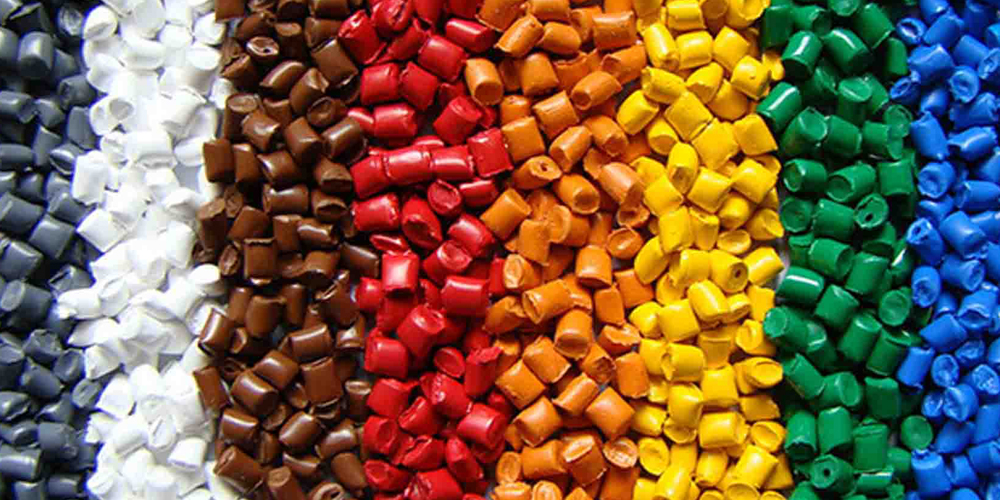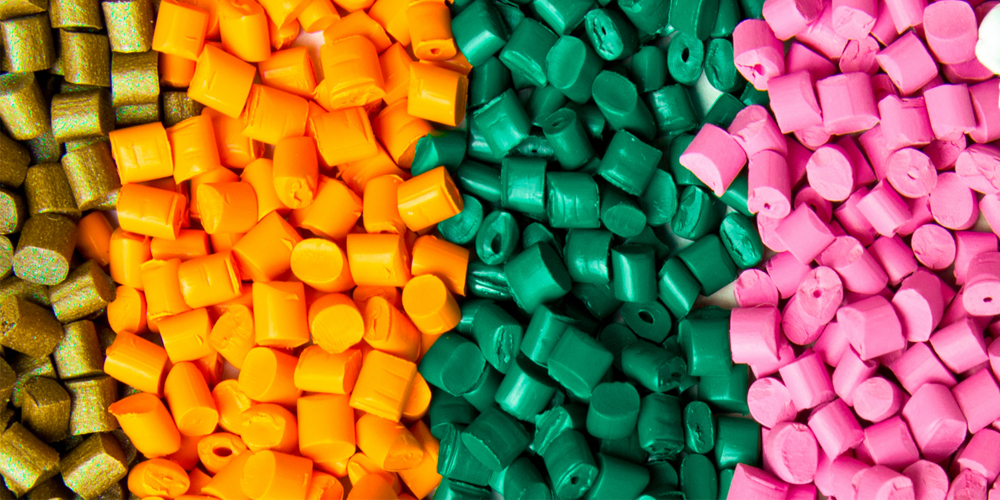
Xinwancai: Leading Masterbatch Manufacturer for Advanced Plastic Solutions
In today’s world, industries need plastics that offer a variety of specialized qualities. This is why having a top-notch, reliable masterbatch manufacturer is crucial to the plastic industry.
















